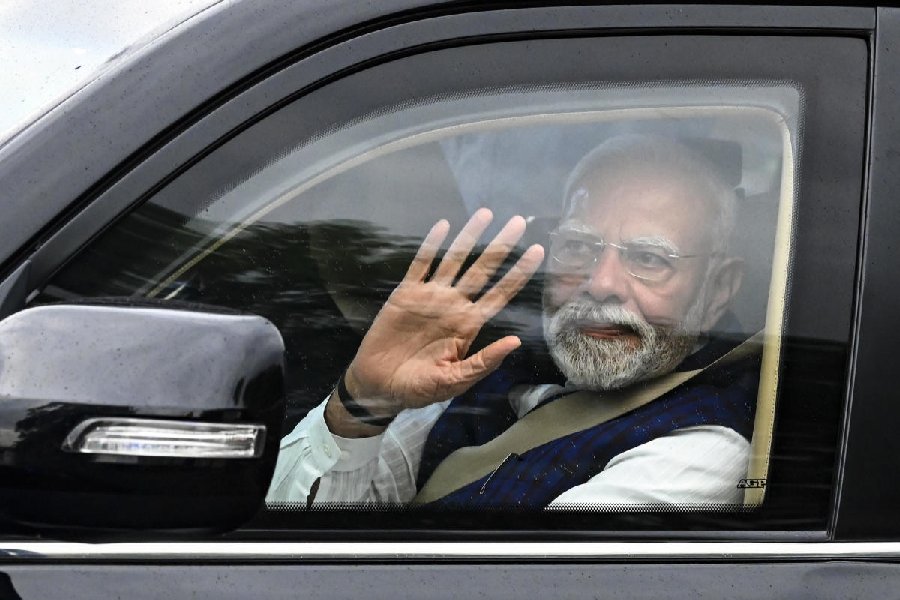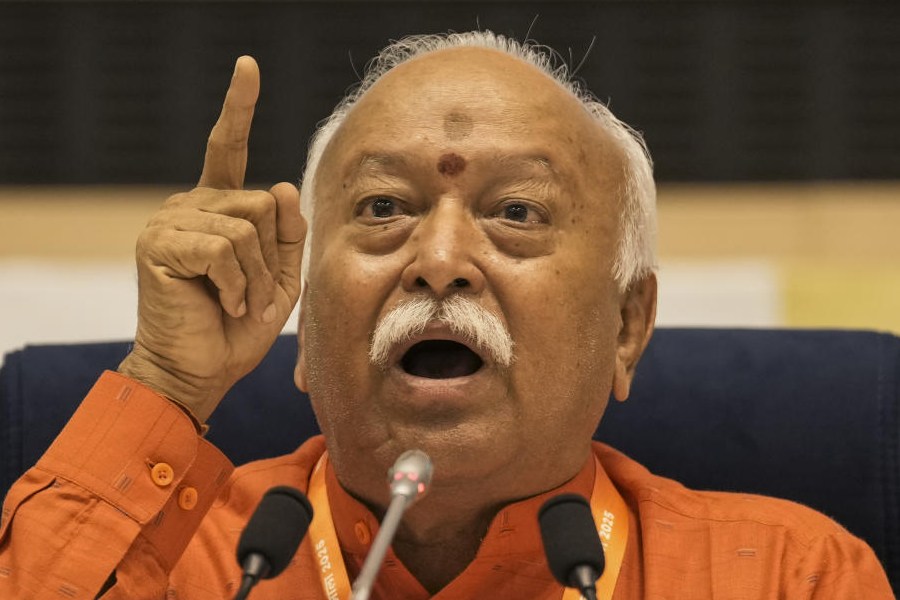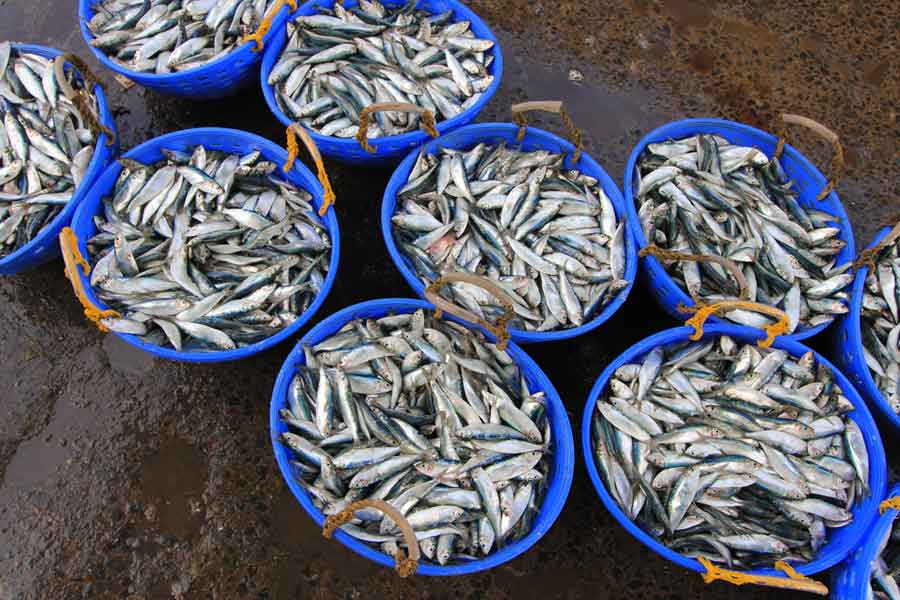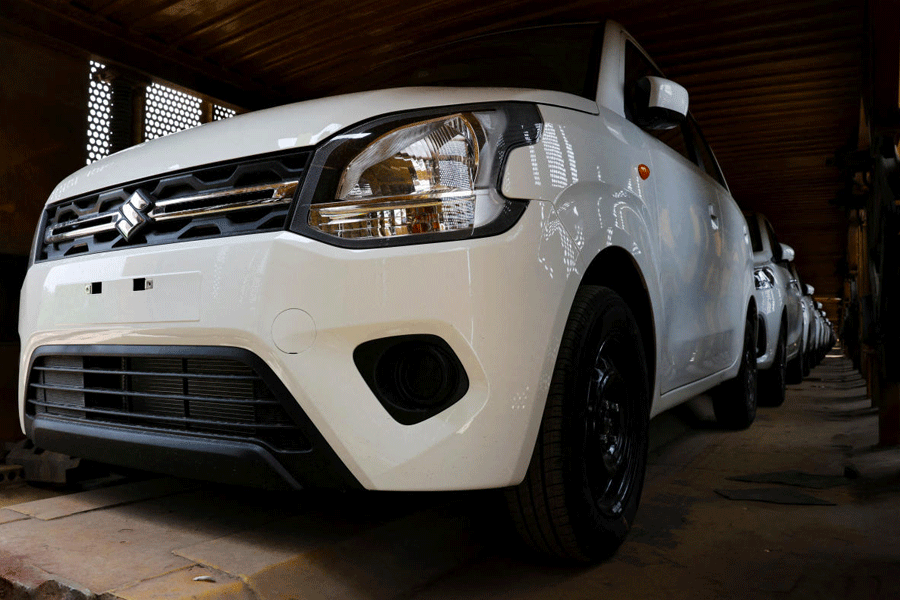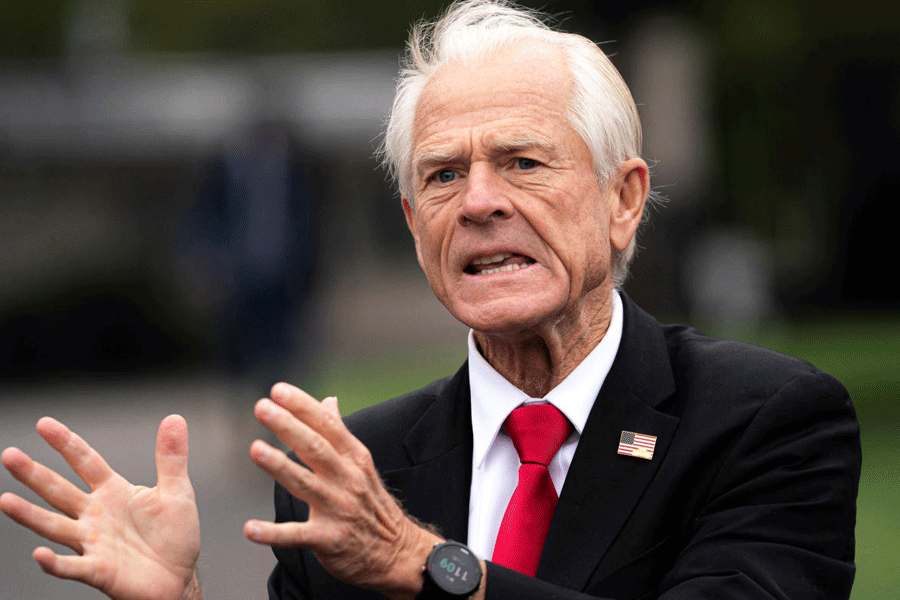
New Delhi, Sept. 2: The military logistics exchange agreement that the Narendra Modi government has signed with the US is a tax-free alignment of strategic priorities.
It is tax-free because the government has given in writing that it will not impose customs duties, excise or import/export taxes on goods and services provided to US warships, aircraft and land forces that may access Indian military facilities.
It is an alignment of strategic priority because New Delhi has now firmly decided that it is in its interests to be within a system of US military alliances to access technology and military muscle.
The text of the Logistics Exchange Memorandum of Agreement (LEMOA), signed during defence minister Manohar Parrikar's Washington visit this week, assures the US that its military can use Indian army, navy and air force facilities to further deployment. It says India will be extended the same privileges in US military facilities.
There are no prizes for guessing whether the Indian military will be so far deployed ever as the US military is. But India's navy may be a beneficiary in relation to its long-distance deployments, such as to South Africa (for friendly exchanges) and the Persian Gulf.
Following the LEMOA, an Indian navy flotilla may refuel at Diego Garcia on its voyage to South Africa. And Indian warships on counter-piracy patrol in the Gulf of Aden may take in POL (petroleum, oil and lubricants) from US tankers in the Persian Gulf without having to pay immediately.
The payment will be offset by goods or services provided to the US previously or subsequently. Each country will bill the other every three months.
The agreement does not give the US the right to establish a base in Indian territory, but it does commit India to America's "base operations support".
This means, for example, that if US forces want support to sustain their base in Diego Garcia, 3,000 miles into the Indian Ocean from the tip of the Indian peninsula, India may allow its port in Kochi to be used. Each country reserves the right to refuse to cooperate, according to the text.
In pursuing military-to-military relations under the LEMOA, India will be required to set up separate offices under the defence ministry and each of the armed forces that will interface with US military authorities.
Such offices have to be notified under a separate agreement that flows from the LEMOA, called "Implementing Arrangements".
The Prime Minister's Office had overruled home ministry objections to authorise Parrikar to agree to the pact. The home ministry had said that natural disasters and humanitarian relief came under its purview.
The LEMOA is modelled on the Acquisitions and Cross-Servicing Agreements (ACSA) that Washington has with its Nato partners. The change of nomenclature signals that it is India-specific.
The UPA II government under then Prime Minister Manmohan Singh had all but signed a similar agreement with a different name, Mutual Logistics Support Agreement (MLSA), but it was aborted by opposition from then defence minister A.K. Antony.
At one point Pranab Mukherjee, who was defence minister and later foreign minister, had defended the MLSA in Parliament.
In a written reply in the Lok Sabha, he had said the MLSA "will not affect the independence of India's foreign policy". This history blunts the Congress's objections to the pact now.
The LEMOA states that logistics support would be extended for humanitarian purposes, disaster relief and joint exercises. But the definitions of such missions are subject to interpretation.
America has such agreements in South Asia with Afghanistan and Sri Lanka. Pakistan too had an agreement but allowed it to lapse in 2012. Bangladesh is considering such an agreement.
But it is the pact with India that furthers the US military's purposes more than perhaps any agreement with any other country in the Asia Pacific.
Not only does India have the largest and most widespread of military facilities straddling its length from the Himalaya to Kanyakumari, it also has a seaboard on either side.
This makes access to Indian military infrastructure a great windfall for the US. India's landmass (and manpower) had been used by foreign powers in armed conflict earlier, notably in the First and Second World Wars, when India was not independent.
Eastern India, from Bengal to the farthest points of the Northeast, is littered with abandoned military airfields that bear witness to this history.
The Pentagon has been very clear in its objectives in signing the LEMOA with India. It is declared US policy that ACSA pacts will be pursued for many reasons, but chiefly for "preparing partner nation military forces for deployment in support of US-led or supported" operations.
The pact was first formally proposed by the US to India at a defence policy group meeting in the year 2004. It has come true now, 12 years later, when the US is "rebalancing" its military forces to the Asia Pacific (now repeatedly called the "Indo-Pacific") in an "Asian pivot".
Apart from domestic political pressure, the Modi government will now have to deal with international compulsions, specifically with Moscow.
Russia has been resentful of India's increasing military purchases from the US. With the LEMOA, Moscow is looking at whether New Delhi is shifting in its choice of strategic partnership - that is, defence supplies - from the east to the west.


